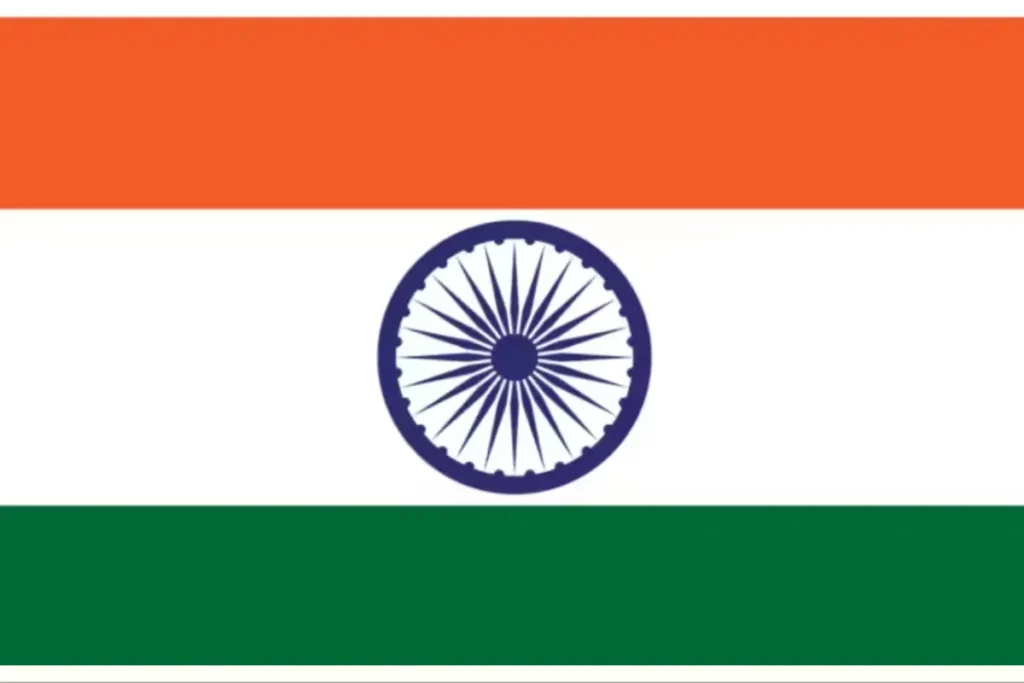Independence Day 2024: Representing India as a sovereign, democratic republic, our Indian flag is a strong symbol of our national identity. Whether we are at the Red Fort’s ramparts or in a crowded cricket stadium, the sight of our precious tricolour flapping in the wind makes us feel proud. As a symbol of national pride and the authentic essence of India, the national flag represents the power and solidarity of our country. This Independence Day, let’s explore the history and origin of our national flag and learn what the colours represent.
The Colours and Symbolism of the Indian Flag
The Indian flag is distinguished by its three horizontal stripes, each carrying deep symbolism. The top band is saffron, representing India’s strength and courage. The middle band is white, signifying peace and truth, while the bottom dark green band symbolizes our connection to the fertile land, representing growth and prosperity.

The Ashoka Chakra, also referred to as the Wheel of Dharma, is located in the middle of the white band. The 24 spokes of this wheel symbolise motion and progress, highlighting the idea that immobility breeds decay. The wheel encourages India to always advance and welcome development by symbolising the significance of change.
Pingali Venkayya: The Visionary Behind the National Flag
Pingali Venkayya, hailing from a village in Andhra Pradesh, was the visionary who conceptualised the Indian flag. A bright student, he completed his high school in Madras and pursued further studies at the University of Cambridge. Venkayya was a true scholar with interests in geology, education, agriculture, and languages.
His encounter with Mahatma Gandhi in South Africa, while serving as a soldier in the British Army during the Anglo Boer War, was a turning point in his life. Deeply moved by Gandhi’s principles, Venkayya formed a lasting bond with him that spanned over five decades.
During his time in the British Army, Venkayya was disturbed by the necessity to salute the Union Jack, which conflicted with his patriotic sentiments. Inspired by Gandhi, he decided to dedicate himself to India’s freedom struggle. Upon returning to India, Venkayya focused on creating a national flag that would unite the country, ensuring that all communities could relate to it. His dedication culminated in the publication of a booklet in 1916, featuring twenty-four different flag designs, laying the foundation for the tricolor we proudly wave today.
Keep watching our YouTube Channel ‘DNP INDIA’. Also, please subscribe and follow us on FACEBOOK, INSTAGRAM, and TWITTER.












